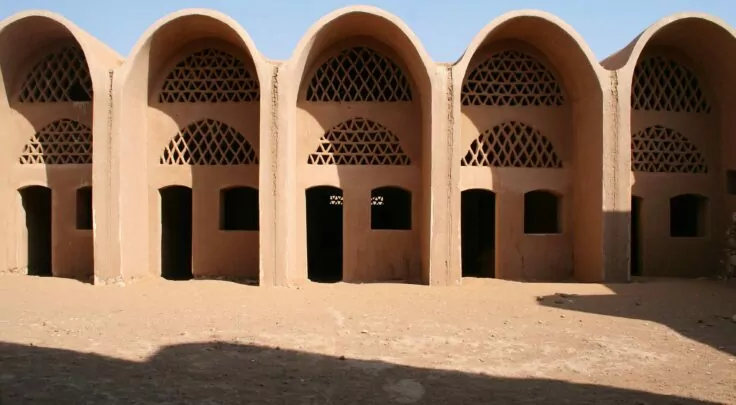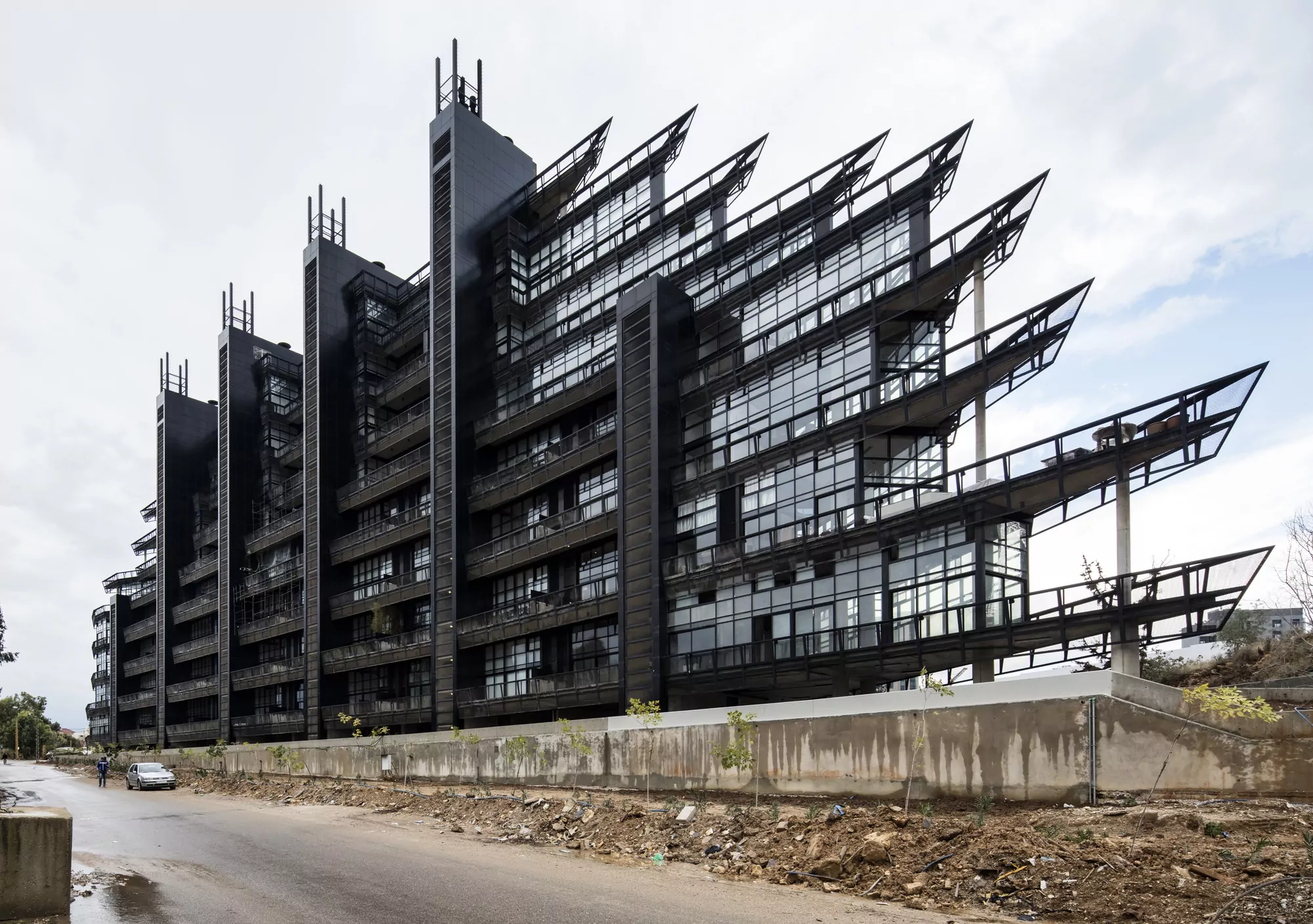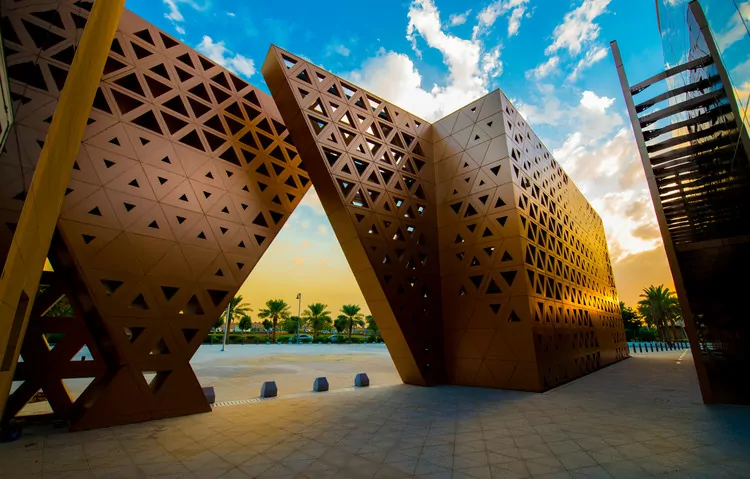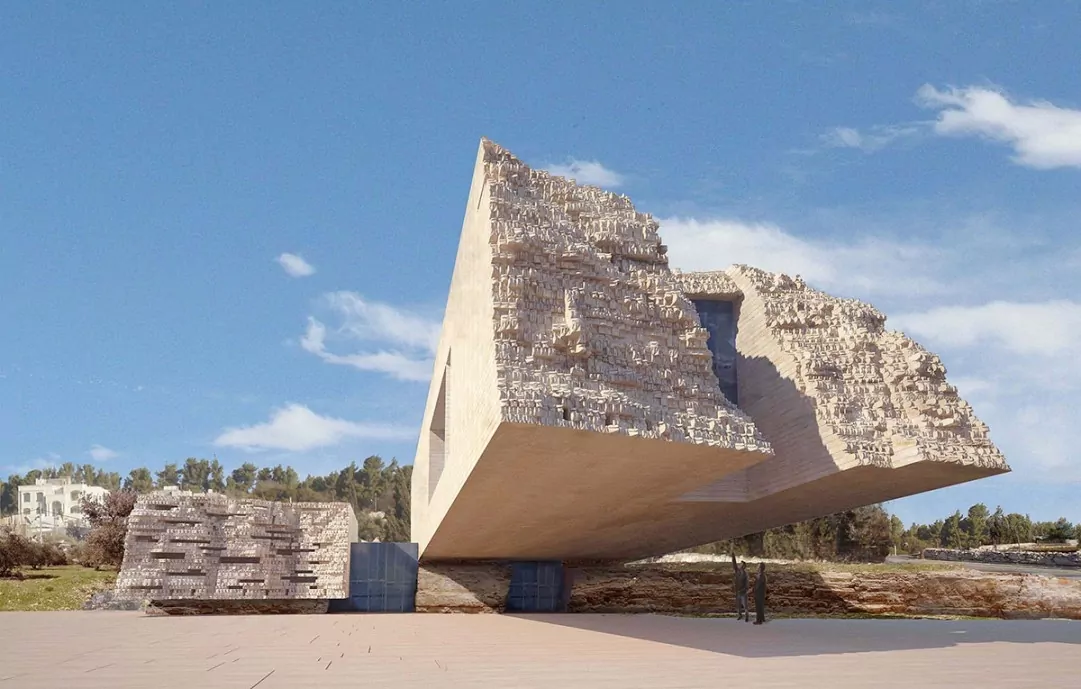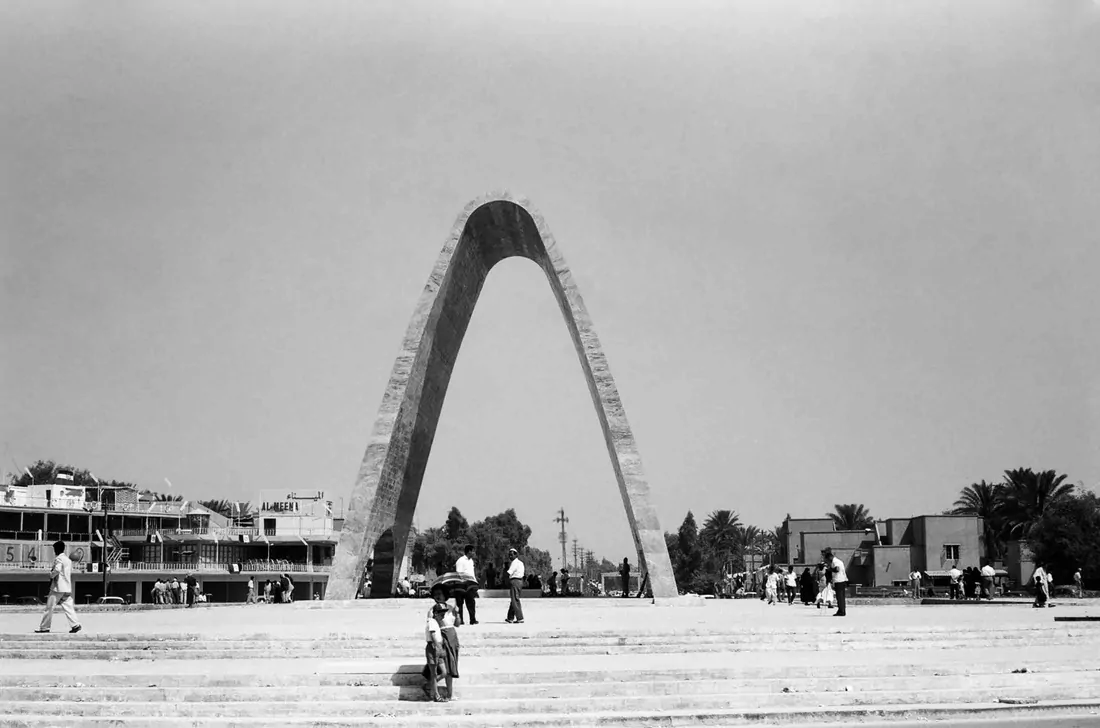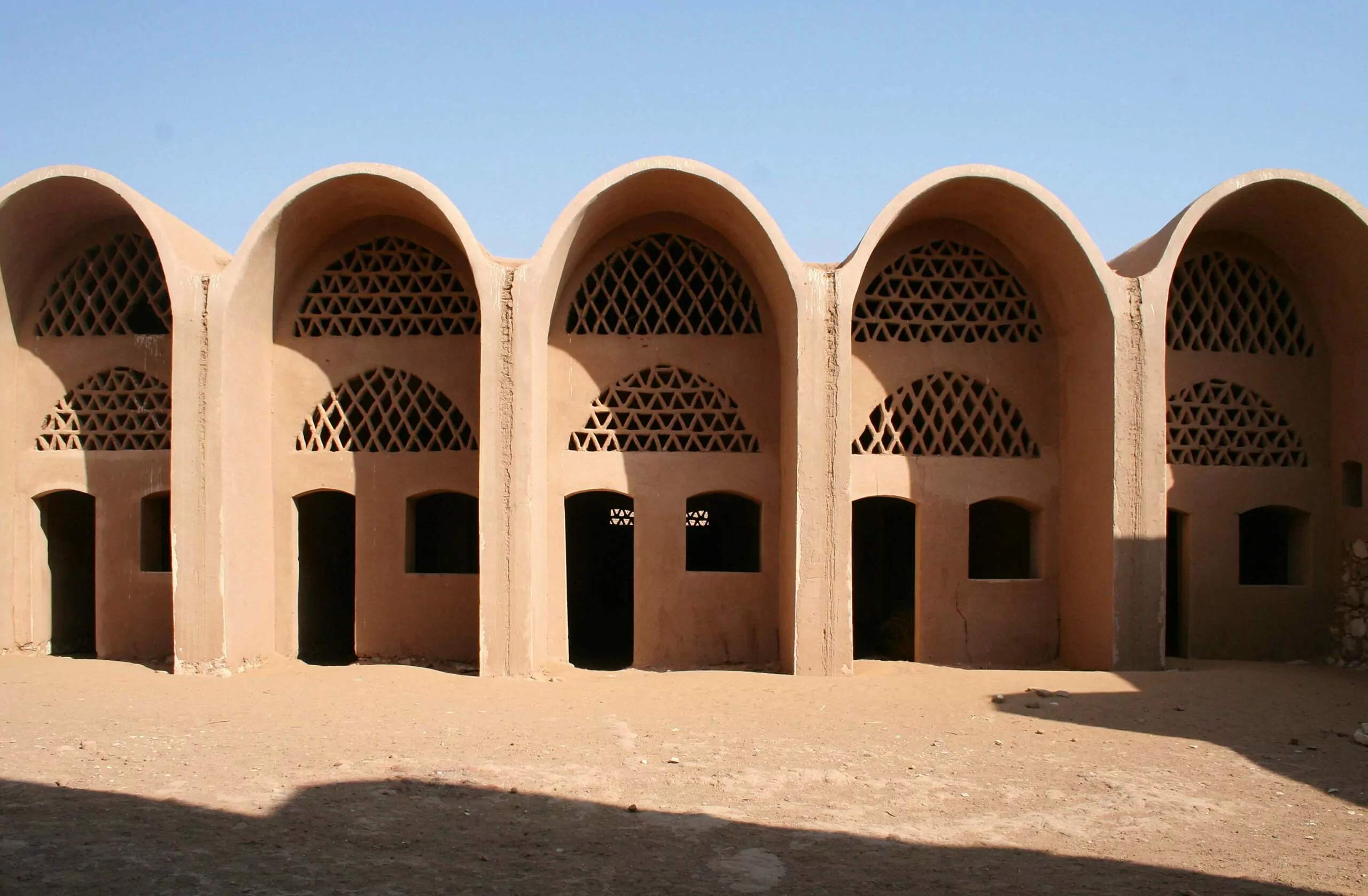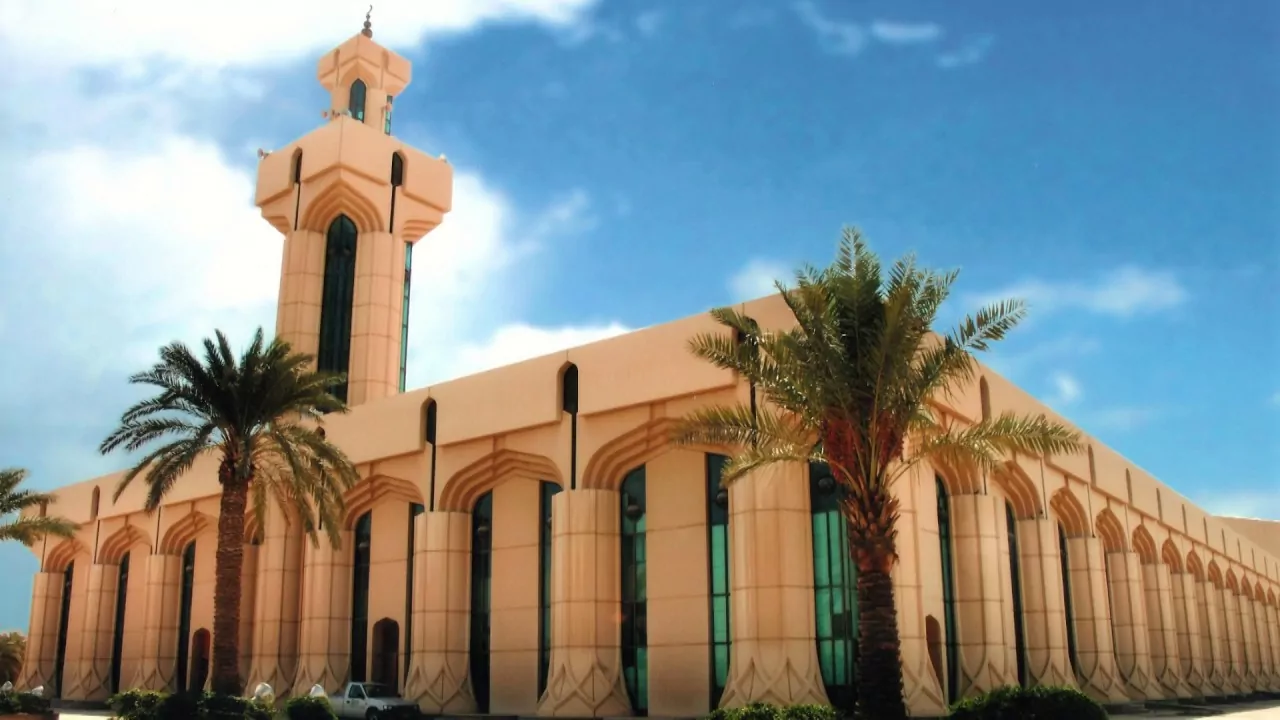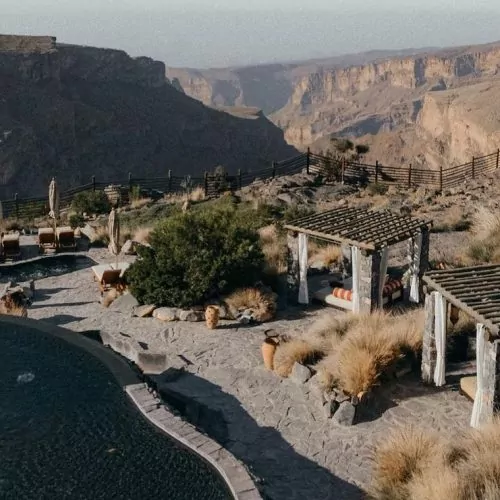From Cairo’s iconic Yacoubian Building in Cairo to the century-old Great Poste in Algiers, the region is not short of incredible historical buildings that have stood the test of time.
For centuries, Arab and Islamic architecture has given birth to traditional styles and world heritage sites, which are studied across the world today for their level of detail and craftsmanship.
It is a rich architectural heritage that has paved the way for modern Arab architects. Today, they’re not only reviving traditional techniques but merging heritage with contemporary designs, going on to design some of the most stunning buildings in the world. And we’re here to celebrate them.
These are the Arab architects who have shaped the region’s architectural scene over the past fifty years.
Bernard Khoury
The Lebanese designer is the man behind Beirut’s iconic bunker club B018. His experimental and ultra-modern style is seen in constructions around the world from Armenia’s Tumo Park to Italy’s Santa Cesarea. Khoury is behind a slew of architectural projects in the region including the Ajman Resort in the UAE, the Suspended Gardens of Manama and a series of buildings in Lebanon such as the Grand Hotel de Beirut. He is also the co-founder of the Arab Center for Architecture (an association for the preservation and dissemination of modern Arab built heritage).
Rasem Badran
Badran is the Jordanian-Palestinian architect behind the renowned King Abdulaziz Historical Centre in Riyadh. He is known for merging historically-inherited cultural values with a contemporary style. Some of his other works include the Grand Mosque and Justice Palace of Riyadh and the International Islamic University Malaysia in Kuala Lumpur. In 2019, he received the esteemed architectural Tamayouz Lifetime Achievement Award.
Ammar Khammash
Nature and environment have always been a pivotal element in Khammash’s work. The Jordanian-Palestinian architect is known for designing whilst keeping a low or zero-carbon footprint in a traditional Jordanian architectural style. He uses locally sourced and natural materials as well as stone carving and rocky details. Some of his notable works were the White Mosque in Nazareth, the Feynan Ecolodge and the Wadi Al Mujib nature reserve in Jordan.
In 2019, he became the first Arab architect to win a global sustainability award, scoring the Global Award for Sustainable Architecture.
Rifat Chadirji
The late Baghdad-born architect and co-founder of the award-winning architectural and engineering practice Iraq Consult has designed over 100 buildings in Iraq. In the 80s, he was elected an honorary fellow of the Royal Institute of British Architects and the American Institute of Architecture respectively and taught philosophy at Harvard university. His legacy in Baghdad is unmatched with buildings like the Central Post Office, the Hamood Villa and the Academy of Science under his belt. He has also worked on constructions in the region like the Dharan Medical Centre and Dental Clinic and the National Theatre in Abu Dhabi.
Suad Amiry
The Palestinian architect founded the Riwaq Centre for Architectural Conservation in 1991, a project to revive and preserve the architectural heritage of Palestine. Their large-scale 50 Villages project’s mission revolved around rehabilitating some of Palestine’s most significant historic centres. Amiry is also the author of best-selling books including Sharon and My Mother-in-Law which has been translated into 19 languages.
Hassan Fathy
The late Egyptian architect was a pioneer in traditional Arab architecture often using Nubian architectural design and local materials. His incredible work in the town of New Gourna combined sustainability with communal and modest design. Built near Luxor between 1945 – 1948 (a place where the Egyptian government needed to relocate up to 20,000 ‘tomb raiders’ that had lived for over a decade raiding ancient tombs in the valley of kings). His New Baris project in central Egypt was built to host 250 families of farmers after a new discovery of a large water well that could have irrigated thousands of hectares of previously arid land.
Basil Al Bayati
Iraqi architect Basil Al Bayati has spent most of his career that spanned 50 years working on buildings in Europe, from the Edinburgh Central Mosque to the Hyde Park Gate Mews in London. A pioneer in metaphoric architecture (a mid-20th century architectural movement in Europe which consists of the use of analogy and metaphor as the primary inspiration for design), his designs have been inspired by natural elements like plants, snails, or whales, and even myth and literature. He worked on multiple projects in Saudi Arabia including Ad-Dariyya Cultural Centre and The Palm Mosque in Riyadh. He is also the founder of the International School of Metaphoric Architecture in Málaga, Spain.
Zaha Hadid
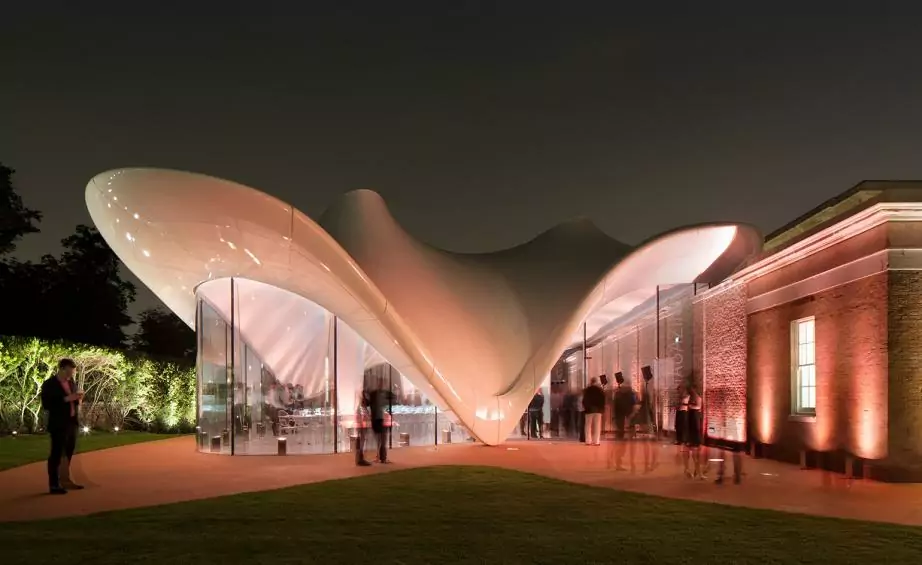
The list would not be complete with the iconic Zaha Hadid. The late Iraqi architect has revolutionized the architecture industry with her geometry-defying curvaceous designs. She is behind one of the most incredible buildings in the world including the stunning Serpentine Sackler Gallery in London and the Heydar Aliyev Centre in Azerbaijan. She became the first woman to receive the Pritzker Architecture Prize in 2004 and also became the first and only woman to be awarded the Royal Gold Medal from the Royal Institute of British Architects. She has also worked on striking sports venues including the 2012 Olympics’ London Aquatics Centre and the Al Wakrah Stadium in Qatar, under construction for the 2022 FIFA World Cup.





